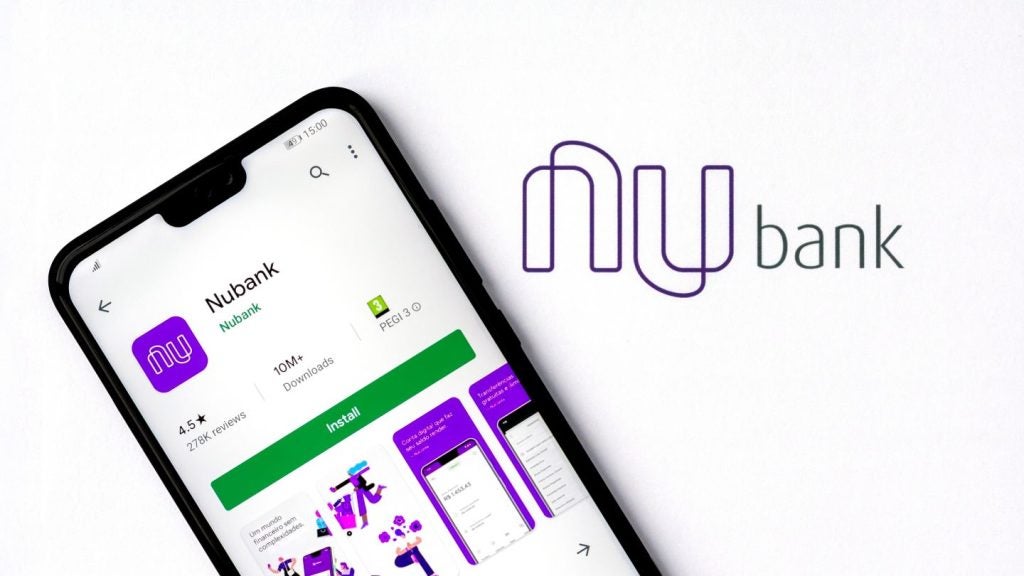
Adam Lieberman is Chief AI Officer at Finastra and is a leading figure on the exploration of AI use cases within financial services. Lieberman discusses how to turn proofs of concept into production-grade products and services and the importance of investing in AI and data science, with a focus on the current wave of interest in GenAI.
Finastra has a strong association with its work involving AI, most recently having integrated an AI ESG scoring into its trade and supply chain finance offering via TradeSun.
Robert Prendergast (RP): How important is investing in AI and data science right now?
Adam Lieberman (AL): It’s extremely important. If you look at pretty much any board of directors you’ll hear the question, what is your AI strategy? Or how can we leverage artificial intelligence to improve our business operations? Now is the time for artificial intelligence. Companies are starting to collect, process and store their data more efficiently by moving data to the cloud. Now really is the time we’re seeing the fruits of the labour from an AI perspective. The advancements around generative AI have been monumental. One of the things I’m asked about generative AI is, if you think about traditional AI or machine learning, it involves a very specific role that you need. There’s this entire machine-learning pipeline that data scientists need to follow. But if you look at what’s happened with large language models and generative AI, it’s accessible through API’s. There’s a lot of documentation, and it fits more of a software engineering persona. Companies that may not have massive teams of data scientists and machine learning engineers can still start to harness this power and unlock some of the capabilities that they are providing. So I think that’s another reason that we’re seeing a lot of adoption around it.
RP: What are the steps to achieving enterprise fluency for Gen AI and other emerging technologies right now?
AL: For us to think of the right use cases, and make sure that we’re using the right technology to support that use case, we all need to have education. We don’t want to put ourselves in a situation where we’re overfitting that technology. Everything starts with education. One of the first things that we did, when the generative AI landscape was starting to heat up, is that one of our machine learning researchers published a white paper. This talked about the history of generative AI use cases and what it’s good for and not good for. They gave industry examples. This was our first white paper to the company and it started seeding into everybody’s minds, “this is kind of what generative AI is.”
The second thing, we rolled out three different educational learning plans to the entire organisation. So whether you were on a security team, or human resources, or legal, whether you were a developer and engineer, we wanted everybody to take this training. There were kind of two different paths, there was one that was more focused on the foundations of Gen AI. The basics and the fundamentals. This was really designed to enable our business to start formulating the right use cases. Not just saying, that generative AI can solve anything. Then we had one that was more specific for developers, that walked them through the infrastructure and tooling that we provide them in order to start developing solutions.
We held our generative AI Expo, which was a week-long learning Festival, where we gave our teams the freedom to start exploring generative AI and take the time to do the courses, read stuff online, create projects, build prototypes, explore the API’s. It was really just a free week for them to just start harnessing the power, educate themselves further and have fun in the process.

US Tariffs are shifting - will you react or anticipate?
Don’t let policy changes catch you off guard. Stay proactive with real-time data and expert analysis.
By GlobalDataRP: What are the best practice recommendations and practical use cases for Gen AI in financial services?
AL: So maybe I’m onboarding onto a new payments product or banking product and I have questions. Yes, there’s like FAQs, but they’re a little static in nature. Then you try and email somebody. But now, using AI, we can make that entire corpus of information accessible, we can build these smart chatbots for information search. Another really great area of focus, and one that we’re looking into is natural language data analytics. If we think about data products we have data behind the scenes, and we have these charts and visualisations. They can also be a little bit static in nature, but AI can bring them to life.
RP: Finastra recently started an AI-powered ESG scoring capability for Trade Innovation. Is ESG something Finastra is looking to focus more on?
AL: ESG has always been a big focus for financial institutions, particularly these last few years. It’s really interesting to see how these large language models and foundational models have taken the field of ESG to the next level. Four or five years ago, when we were trying to do a lot of natural language analysis over ESG reports it was a little bit tricky because the data was so unstructured. Some of the techniques weren’t there. Doing stuff like zero-shot learning and classification, to do benchmarking and scoring. This is where I think large language models really have a huge impact.
RP: What has been the impact of Finastra’s recent partnership with Databricks?
That was a very strategic initiative for us. Databricks provides a data and AI analytics platform that we’ve rolled out, we call it our secure zone. This is the data and AI development environment that’s accessible to all engineers at Finastra, where they can upload their data to our data platform, we’re working with our data engineering team, and they have all the tools and resources to start developing AI solutions. So they can write all the code for their models, they can build pipelines and they have a lot of model governance. They can track kind of the entire lifecycle of these machine-learning models. There’s all these responsible AI tools.
It’s kind of like a powerhouse for data and AI. We’ve also pre-bundled this environment with a suite of generative AI tools. We give them access to address open AI services, we have an open-source model registry. As these new large language models and foundational models are brought to market that are open source, we’re going through the landscape and selecting some of the better ones that are more trusted, bringing them centrally and making them accessible as well. We’ve had some really great engagement with our business and our engineers that are using this platform to start developing their AI solutions.







